Struggling to choose the perfect display? You want maximum impact, but the options are overwhelming, leading to missed sales opportunities.
Choosing the right POP display—floor, counter, or end cap—depends on your product's size, weight, sales goals, and the retail environment. For large items or bulk promotions, floor displays are best. For smaller, impulse-buy items at checkout, use counter displays. End caps are great for high-visibility campaigns.
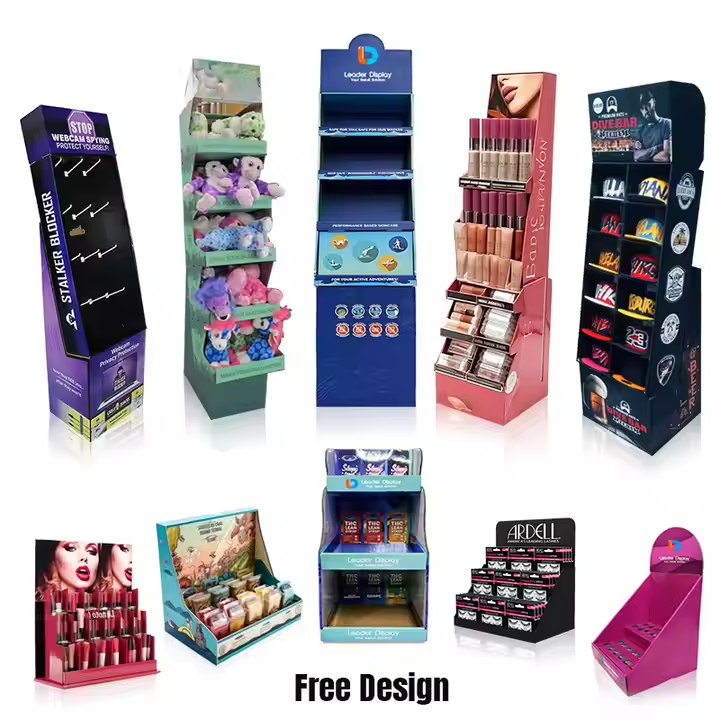
I've spent 16 years in this industry, and I've seen how the right display can make or break a product launch1. Many designers I work with get stuck on this exact question. It's not just about what looks good; it's about what sells. Let me break down the options for you. This will help you choose with confidence and get the results you need. Let's dig in and find the perfect fit for your product.
When would you recommend using a pop display to promote a product?
Want to boost sales for a new product? Standard shelf placement gets lost in the noise, failing to grab shopper attention and drive impulse buys.
Use a POP display2 for new product launch1es, seasonal promotions3, special offers, or to clear out excess stock. They are perfect for grabbing attention, educating customers at the point of purchase, and encouraging impulse buys when you need a quick sales lift.
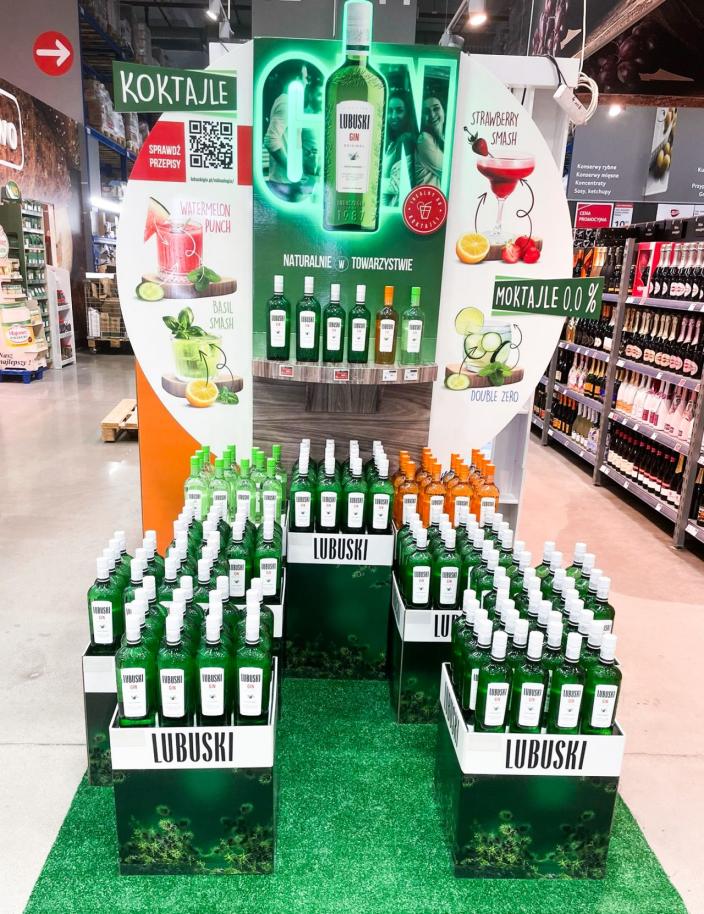
I always tell my clients that POP display2s are accelerators. They take a good product and put it on the fast track. Think about specific scenarios. For a new product launch1, a display is non-negotiable. You need to interrupt the shopper's routine. An interactive floor display can tell your brand story in a way a simple box on a shelf never could. Seasonal promotions are another key time. We once designed a special "Back to School" themed display for a stationery brand. It increased their sales by 40% compared to the previous year when they just used regular shelving. It's also a powerful tool for inventory management4. If you have products nearing their expiration date or need to clear space for a new line, a well-placed "Special Offer" end cap display creates urgency and moves stock fast. It’s all about creating a new decision point for the customer right there in the aisle, away from the clutter of the main shelves.
What are the different types of POS displays?
Feeling limited by basic display options? Relying on the same old designs isn't cutting it, and your products are failing to stand out from the competition.
Beyond floor, counter, and end caps, other types include pallet displays5 for bulk items, sidekicks6 (or power wings) that hang off shelves, and dump bins7 for small, irregularly shaped products. Each serves a unique purpose depending on your product and marketing goals.

Let's get more specific because the right choice here can save you a lot of money and headaches. I've seen بہت designers get this wrong, and it costs them dearly. It's about matching the display type to the product and the sales strategy.
Breaking Down Display Types
- Pallet Displays: These are the heavy lifters of the retail world. They often arrive at the store pre-stocked and are placed directly in the main aisles. They are perfect for high-volume, fast-moving consumer goods like sodas, snacks, or large bags of pet food. The design challenge is making a giant cube of products look appealing while being structurally sound enough to withstand being hit by shopping carts.
- Sidekicks (Power Wings): These are my secret weapon for complementary products. They are smaller displays that hang on the side of existing shelving units. For example, my team designed a sidekick for a new brand of salad dressing. We convinced the retailer to hang it right next to the fresh lettuce. Sales shot up immediately. They are great for cross-selling and introducing a new item without needing dedicated floor space.
- Dump Bins: Don't let the name fool you. These are highly effective for small, high-impulse items like keychains, small toys, or discount candy. They encourage shoppers to stop and rummage, which increases the time a customer spends engaging with your product.
Here’s a quick table to help you decide:
| Display Type | Best For... | Key Benefit |
|---|---|---|
| Pallet Display | Bulk items, high-volume sales | Moves large quantities of product quickly |
| Sidekick/Power Wing | Complementary items, cross-selling | Grabs attention in related product aisles |
| Dump Bin | Small, low-cost, impulse items | Encourages customer interaction and discovery |
What makes an effective display8?
Is your beautiful display design getting ignored? You spend hours on aesthetics, but if it doesn't translate to sales, your efforts are completely wasted.
An effective display8 has a clear message, strong branding, and an eye-catching design that stops shoppers. It must also be easy for the retailer to assemble and stock, and structurally sound enough to last the entire promotional period without collapsing or looking messy.
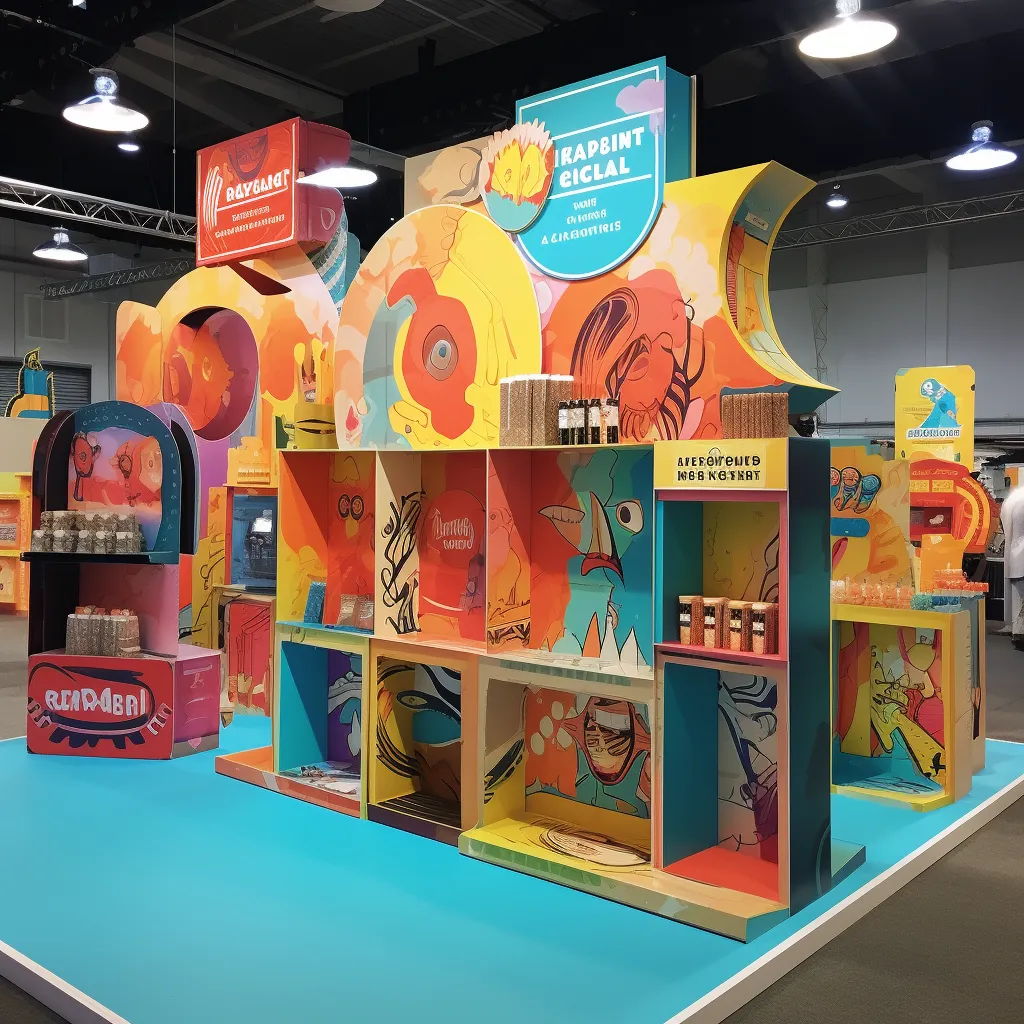
I've learned over my 16 years that a successful display has to do three jobs at once. It must appeal to the shopper, be easy for the retailer, and be strong enough to do its job. I call it the effectiveness triangle. If one side is weak, the whole structure falls apart, sometimes literally.
The Three Pillars of Effective Displays
- Shopper Appeal (The Hook): This is all about visual interruption9. Your display needs to break the pattern of the long, monotonous store aisles. Use bold colors that contrast with the store environment. Have a single, clear headline like "New Flavor!" or "Save 30% Today". In my experience, displays with a simple, direct offer perform best. A confusing message means a lost sale because shoppers won't stop to figure it out.
- Retailer Friendliness (The Setup): Retail employees are busy people. If your display is a 50-step puzzle to assemble, it might end up in the back storage room. I always push my design team to create displays that can be set up in under five minutes with no tools. We always include simple, one-page visual instruction sheets. A happy retailer means your display gets the best placement on the sales floor.
- Structural Integrity (The Foundation): A flimsy display that sags or falls over is worse than no display at all. It makes your product look cheap and untrustworthy. We always test our designs with the actual product weight to ensure they hold up for weeks, not just days. This is where cardboard engineering becomes crucial. It’s not just a box; it’s a temporary piece of furniture. We think about support structures and weight distribution to ensure it looks as good on day 30 as it did on day 1.
What are the disadvantages of pop displays?
Worried about the hidden costs of POP display2s? They seem like a great idea, but the potential for wasted investment and logistical nightmares is a real concern.
The main disadvantages are cost, potential for waste if they don't perform, and reliance on retailer compliance10 for proper placement and assembly. They can also take up valuable floor space and may be damaged easily in high-traffic areas if not designed correctly.
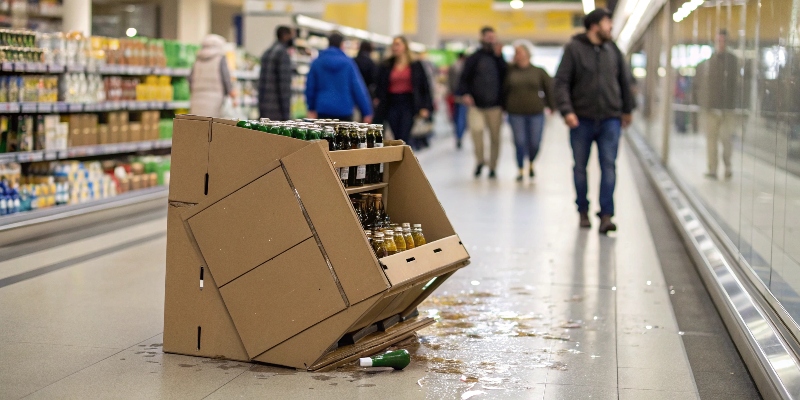
It's important to be honest about the downsides. POP display2s are not a magic bullet. I have seen projects fail, and it usually comes down to a few key issues that were overlooked in the planning stage.
Potential Pitfalls and How to Avoid Them
- Cost vs. ROI: A custom display is an investment. You have design costs, printing, manufacturing, and shipping to consider. You must have a clear sales goal to measure if the investment paid off. My advice to new clients is always the same: start with a smaller test run in a few stores before ordering thousands. This lets you work out any kinks and prove the ROI before a full rollout.
- Retailer Compliance: This is the biggest variable and the one you have the least control over. You can design the world's best display, but if a store manager puts it in a low-traffic corner or doesn't assemble it right, your investment is wasted. Building good relationships with retailers is key. To improve our odds, we often provide pre-assembled displays or very simple kits to increase the chances of proper setup.
- Sustainability Concerns: In today's world, clients and consumers are very aware of waste. A cardboard display is temporary by nature. To address this, we focus on using recycled materials and designing displays that are easy to break down and recycle. Printing a small "Made from Recycled Materials & Fully Recyclable" message on the display can even be a selling point.
Conclusion
Choosing the right POP display2—floor, counter, or end cap—is key. It depends on your product, goals, and budget to maximize visibility and drive sales effectively.
-
Explore effective strategies to ensure your product launch is a success. ↩ ↩ ↩
-
Understanding POP displays can enhance your marketing strategy and boost sales. ↩ ↩ ↩ ↩ ↩
-
Learn how to leverage seasonal promotions for maximum sales impact. ↩
-
Understand how effective displays can help manage stock efficiently. ↩
-
Find out how pallet displays can effectively showcase bulk items. ↩
-
Learn how sidekicks can enhance cross-selling opportunities. ↩
-
Explore the effectiveness of dump bins for small, high-impulse items. ↩
-
Understanding the elements of effective displays can improve your sales. ↩ ↩
-
Learn how visual interruption can capture shopper attention effectively. ↩
-
Explore how to ensure your displays are set up correctly in stores. ↩




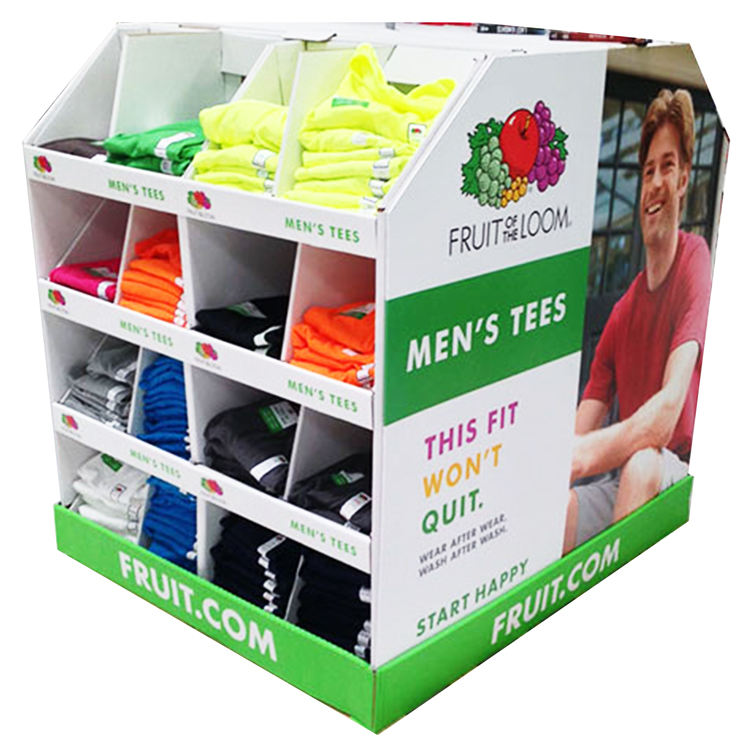
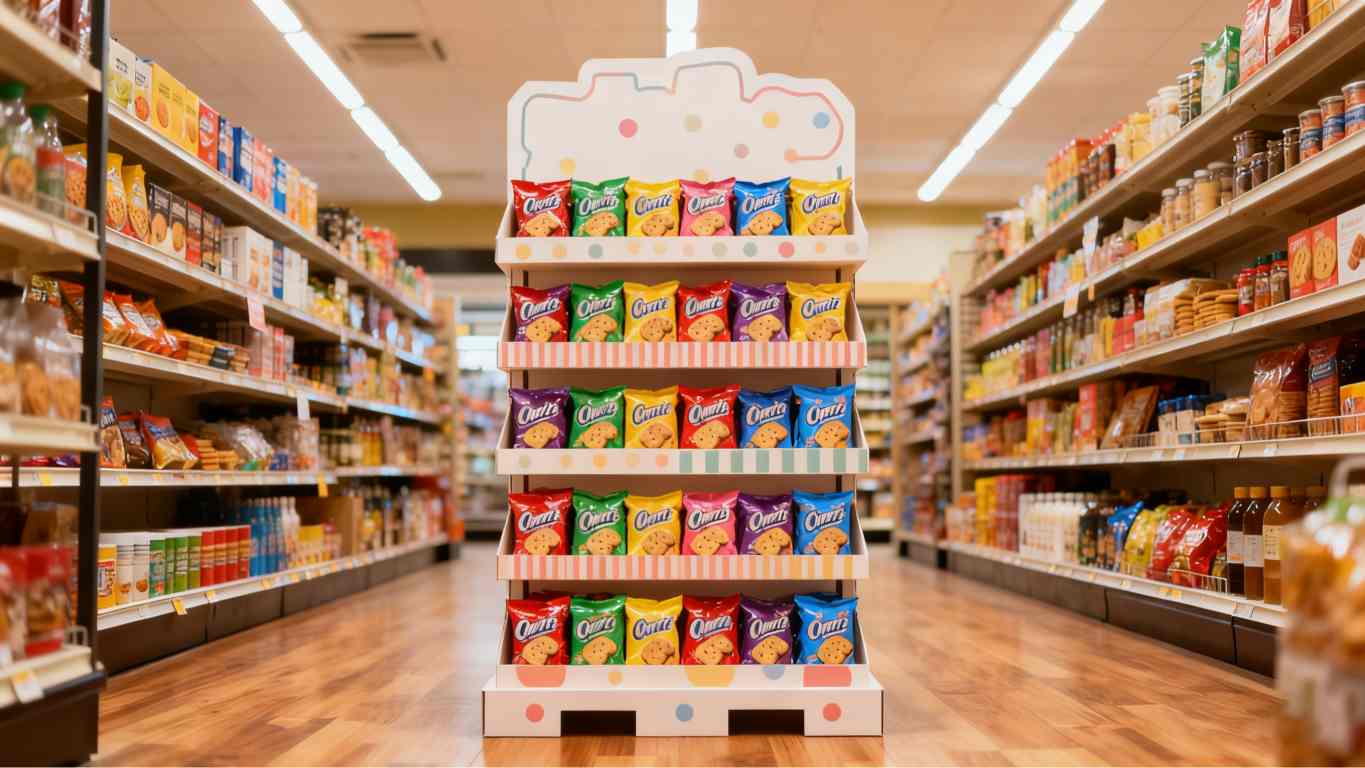
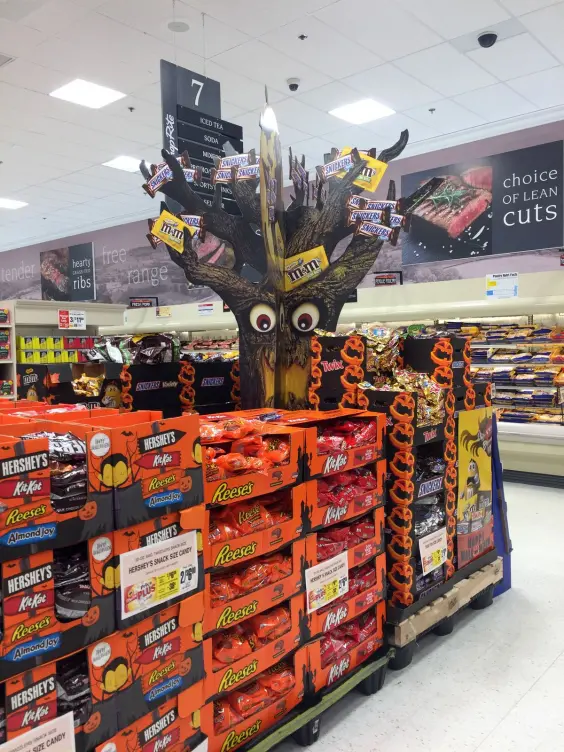
One Response